All About the Faroe Islands

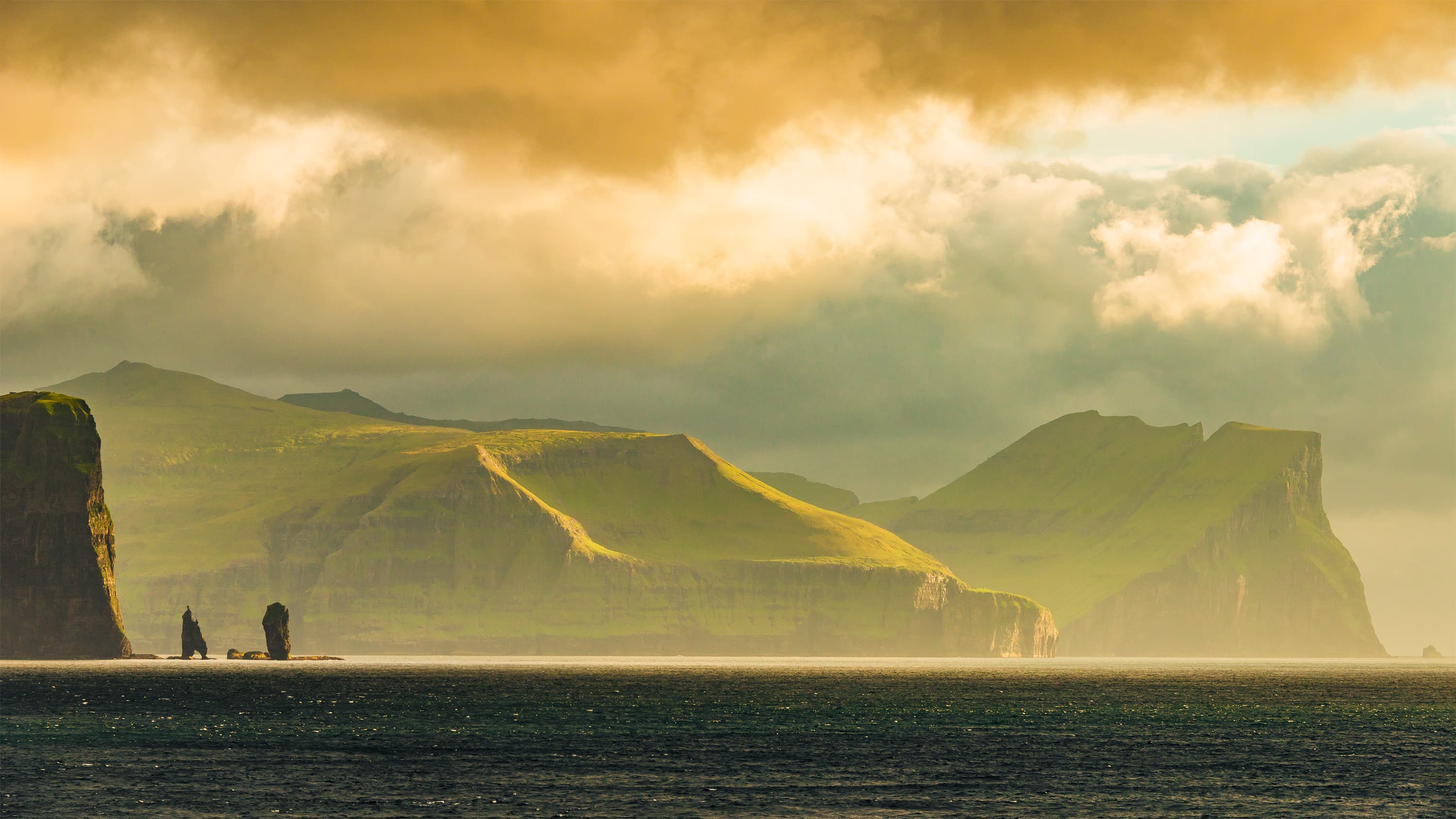
Halfway between Norway and Iceland is the autonomous territory of the Faroes, or Faroe Islands, a North Atlantic archipelago covering a total area of around 1,400 square kilometers and with a population of approximately 52,000.
With its rugged, unforgiving terrain, the climate of the Faroe Islands is subpolar oceanic. It’s typically windy, wet, cloudy and cool. Thanks to the Gulf Stream, temperatures average above freezing all year round, with summers hovering at around 12°C and an average of 5°C in the winter months.

Here are some quick facts about the Faroe Islands:
Name: The Faroe Islands (Foroyar)
Location: Halfway between Scotland and Iceland, in the middle of the Gulf Stream.
Its neighbors: Part of Scotland’s Outer Hebrides, North Rona is their closest land neighbor, 257 km to the south
Total land area: 1,399 square kilometers (540 square miles)
Total marine area: 247,000 square kilometers (105,792 square miles)
Area: With a total coastline of 1,100 km (687 miles), no point of the Faroe Islands is further than 5 km (3 miles) from the sea and the Faroese archipelago is 113 km (70 miles) long and 75 km (47 miles) wide.
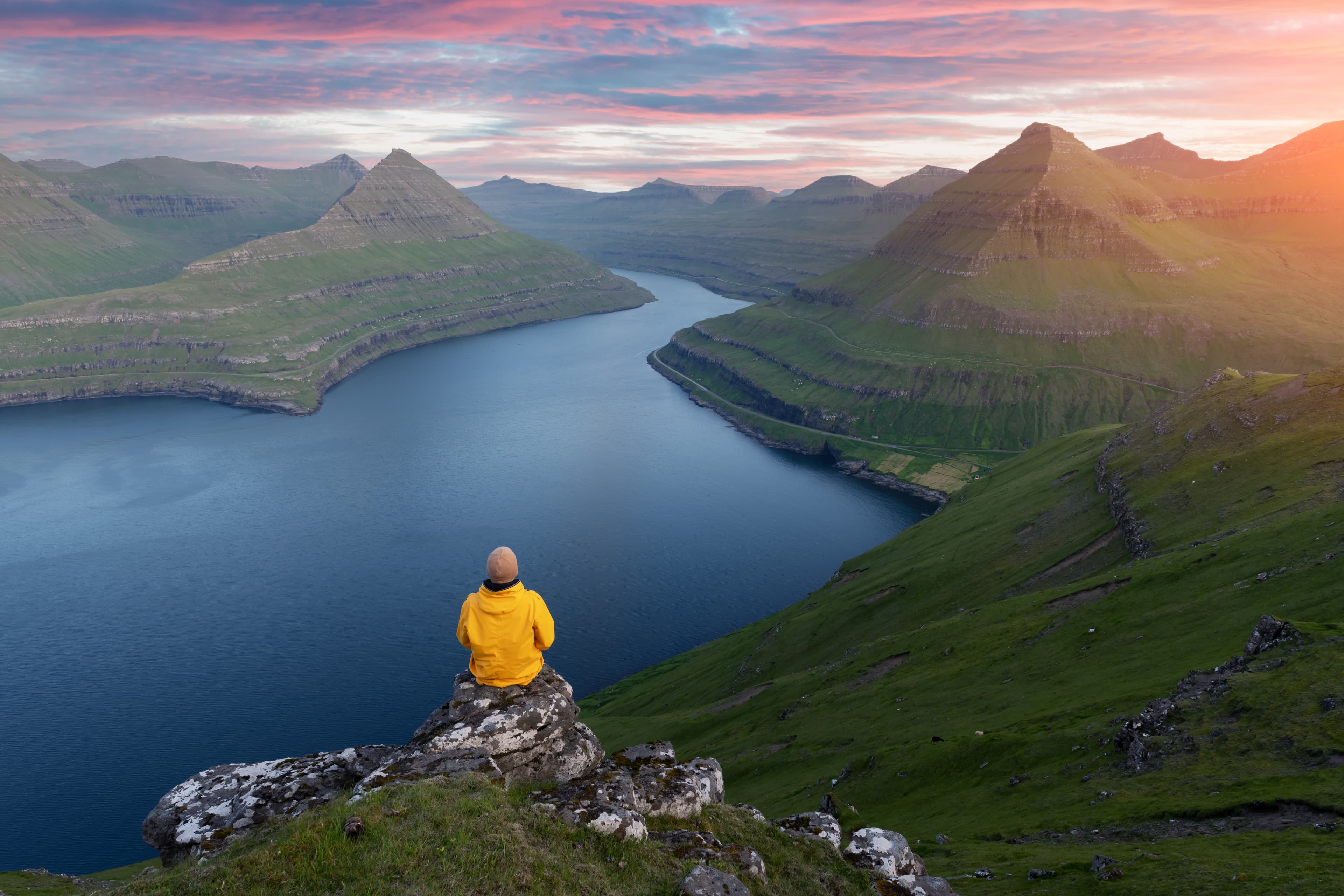
Islands: The Faroe Islands are made up of 18 volcanic islands – 17 of which are inhabited – each one separated by narrow sounds and fjords forming an arrowhead shape.
Heights: The average height above sea level is 300 m (980 ft) and its highest peak is 880 m (2,887 ft).
Climate: Temperatures average between 3-11°C from winter to summer.
Population: 52,656 as of July 2020.
Capital: Torshavn, with a population of 22,216 as of July 2020.
Status: The islands are a self-governing region within the Kingdom of Denmark.
Language: Faroese
Religion: Evangelical Lutheran
Government: Parliamentary democracy
Prime Minister: Barour a Steig Nielson (Union Party)
Main industries: Fishing and aquaculture, shipping and offshore services, tourism and prospects for petroleum in the Faroese area.
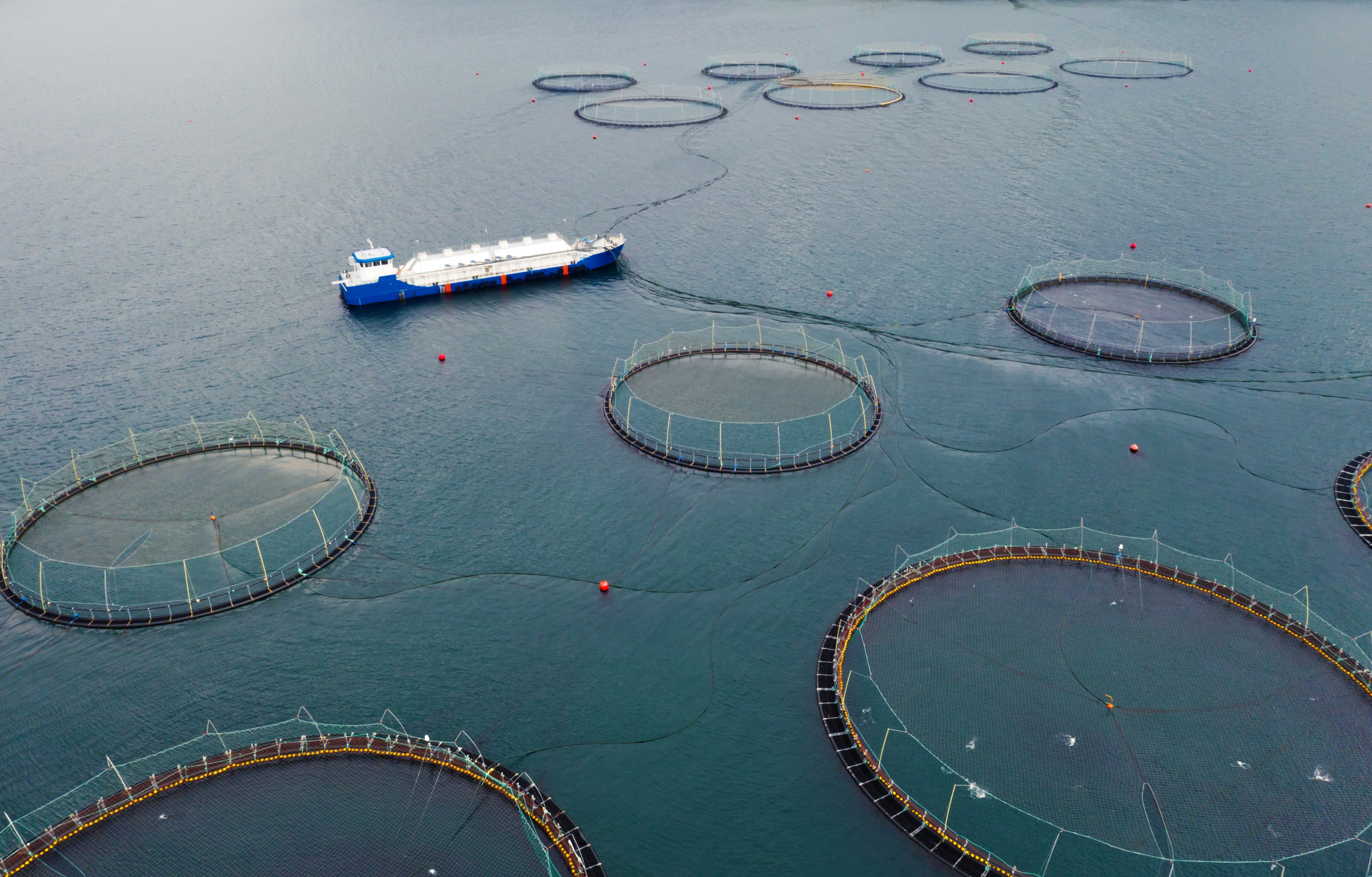
Currency: Faroese Krona (DKK)
Exchange rate: £1 = 8.27kr $1 = 6.31KR 1 Euro = 7.45kr
International dialing code: +298
Time: GMT (winter) GMT+1 (summer)
Electrical voltage: 220V European two-pin plugs
Weights and measures: Metric
Flag: Red cross fringed with blue on a white background
Public holidays: New Year’s Day (January 1), Maundy Thursday, Good Friday, Easter Sunday, Easter Monday, Flag Day (April 25), Common Prayers’ Day (May), Ascension Day, Whit Sunday, Whit Monday, Ólavsøka (July 28-29), Christmas (December 24-26), New Year’s Eve (December 31)
The Flora and Fauna of the Faroe Islands:

With a positively prolific population of puffins, the Faroe Islands are home to thousands of these charismatic sea birds and are perhaps what the islands are most famous for, along with their raw, rugged landscapes. However, sheep and horses can also be found aplenty, along with pretty flowers, an abundance of sea life – including whales – and many other species of birds.
Puffins

Resembling penguins as they waddle from their burrows to the cliff’s edge, these colorfully beaked birds are also called the “parrots of the sea.” On the island of Mykines, you can find them in the thousands. On the western end of the Faroe archipelago, you can take a ferry or helicopter ride to get a better view of the magnificent puffin-covered cliffs. While you might think these delightful birds are the national bird of the Faroe Islands, it is actually the oystercatcher, with its long, orange beak and uniquely haunting call.
Sheep

These domesticated wooly mammals are everywhere and come in a variety of colors and hairstyles! An item made of Faroese wool is a must-have gift or souvenir.
Treeless landscape
Who needs trees when you’ve got an endless magical carpet of green spanning every island!
Sealife

With a host of ancient tales and folklore surrounding the sea, the Faroe Islands are a heaven for salty sea dogs the world over! With so many seafaring activities available – from sailing and boat trips to bird and whale spotting – if you love to be beside the sea, you’ll love being in the Faroe Islands.
Faroe flowers

Angelica Archangelica is found all over the Faroe Islands and is considered to have medicinal benefits used to flavor food and beverages. The yellow marigold or buttercup, solia, is the national flower.
Horses
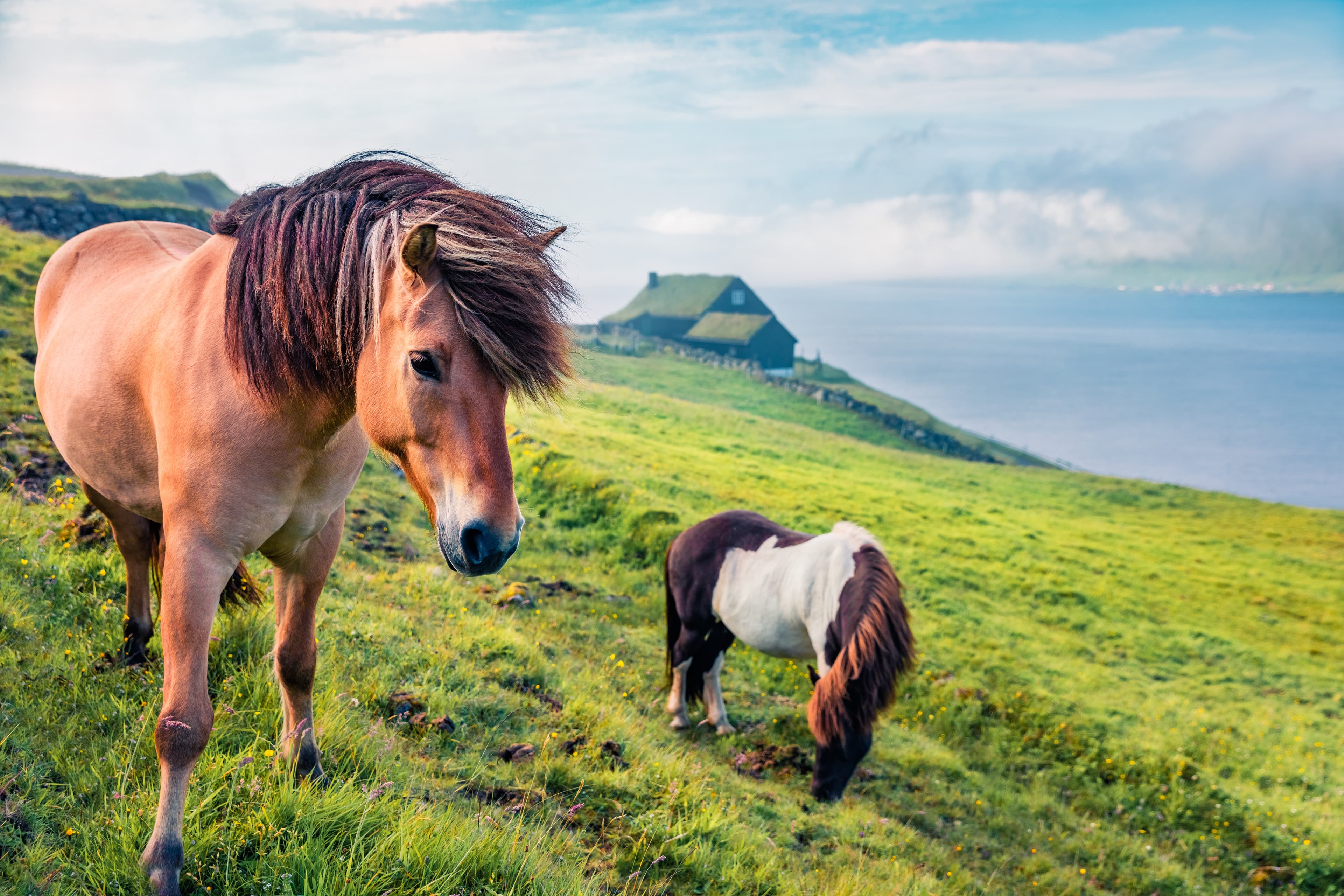
The Faroese horse or Faroe pony is a unique, sturdy and small horse found across the islands. Horseback riding is a popular pursuit for both locals and tourists.
Getting to the Faroe Islands
You can hop on a short flight from mainland Europe or you can sail there:
Flying to the Faroe Islands
Fly non-stop to the Faroe Islands with Atlantic Airways and Scandinavian Airlines from places such as Denmark, France or Scotland, or from locations in Spain and Malta during the peak seasons. Flights are one or two hours in duration, but you’re strongly recommended to check seasonal flight times in advance.
Ferrying to the Faroe Islands
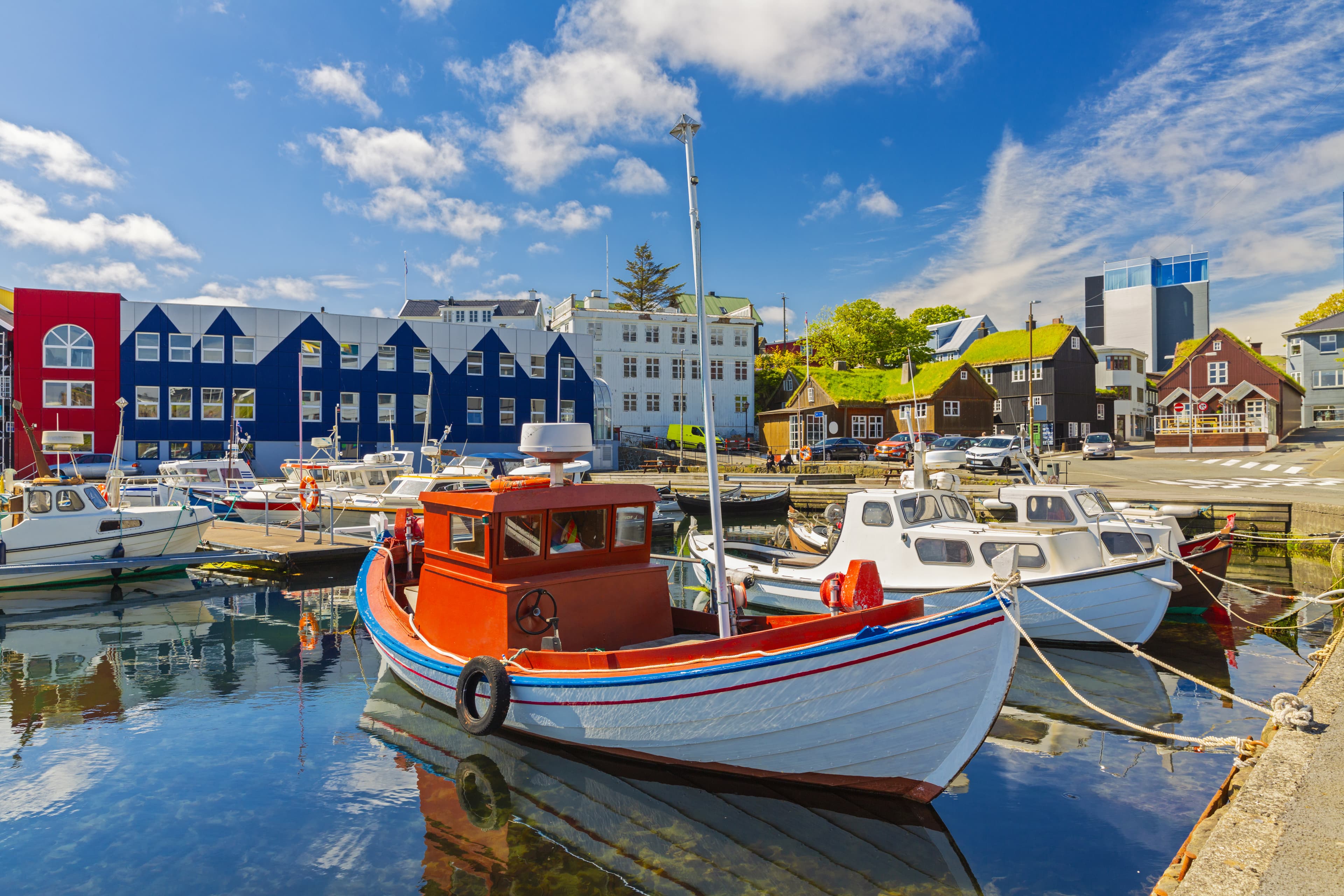
The Faroese ferry company, Smyril Line, will take you to the islands from Iceland and Denmark.
Traditional cuisine of the Faroe Islands
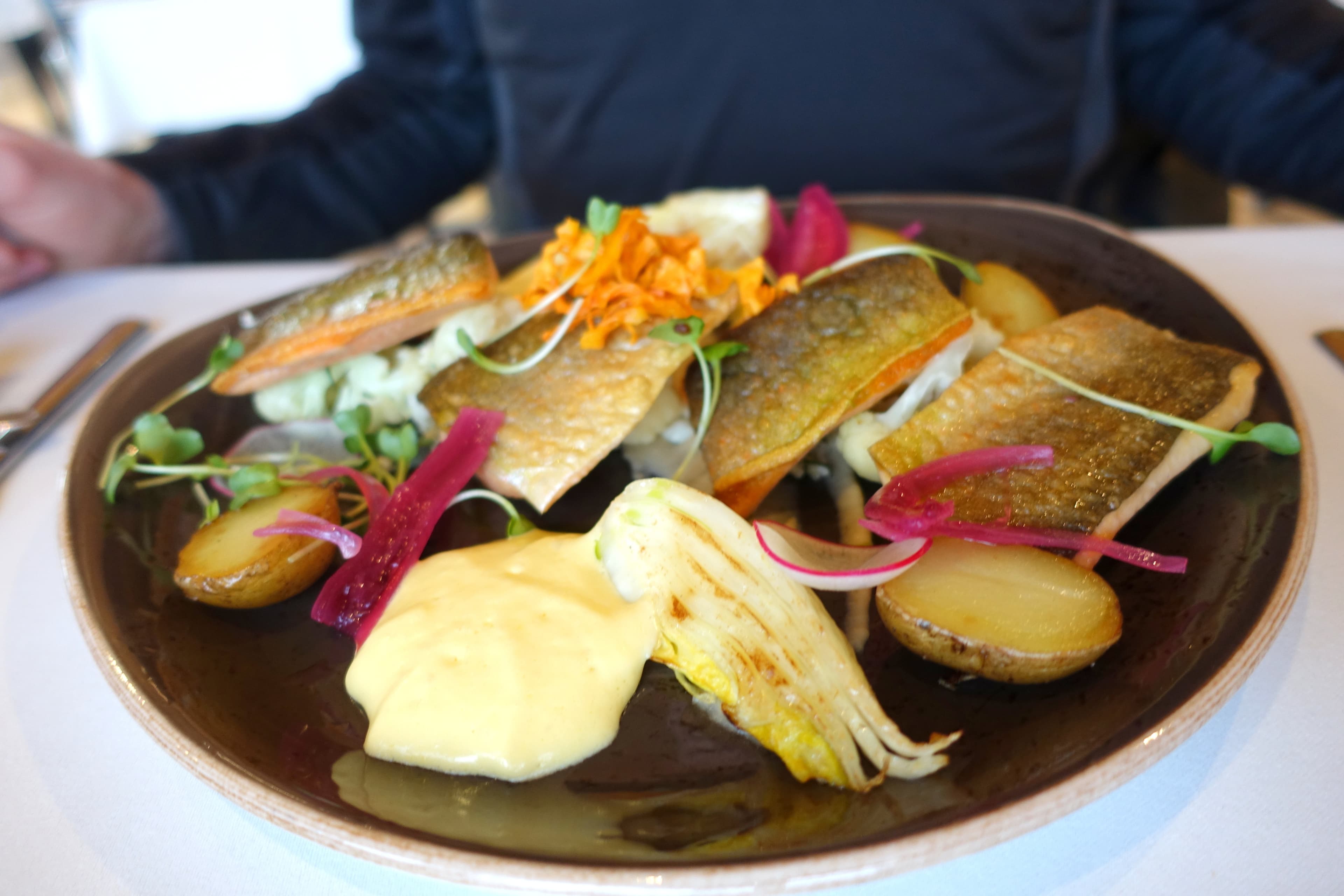
Much of the cuisine is centered around fermented meat, seasonal fish, organic lamb and root vegetables such as potatoes, kohlrabi and turnips. Wild algae, truffles and native herbs such as Angelica, are typically used for seasoning. Seabirds, like the Fulmar, are highly prized additions to any Faroese dinner table.
Places to stay in the Faroe Islands
Whether you want budget, comfort or luxury, there are hotels, campsites, hostels, B&Bs and Airbnbs to suit every requirement.
Hotels
Most hotels are in the capital, Torshavn, and are suitable for a range of tastes and budgets. But you can stay at Hotel Vagar next to the Faroe Islands’ only airport or in the northernmost village, Vidareidi.
Camping
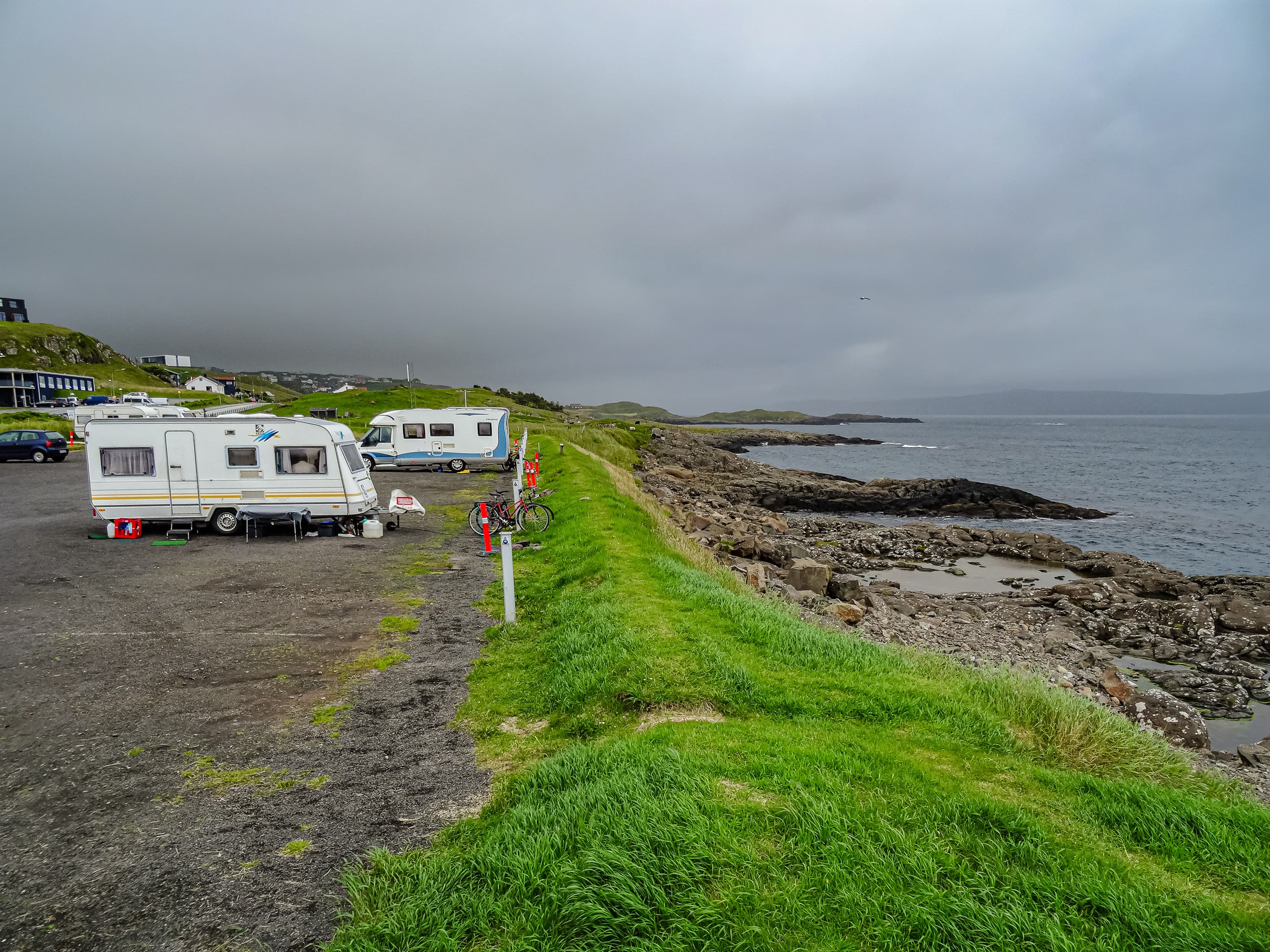
Experience the real Faroe Islands by sleeping under the stars at one of the many campsites.
Hostels
There are two hostels on the Faroe Islands: Guesthouse Marknagil in Torshavn and Giljanes in Sandavagur.
B&Bs
There are several bed and breakfast options on the Faroe Islands, and they’re a great way to connect more with local people and experience their culture and cuisine.
Airbnb
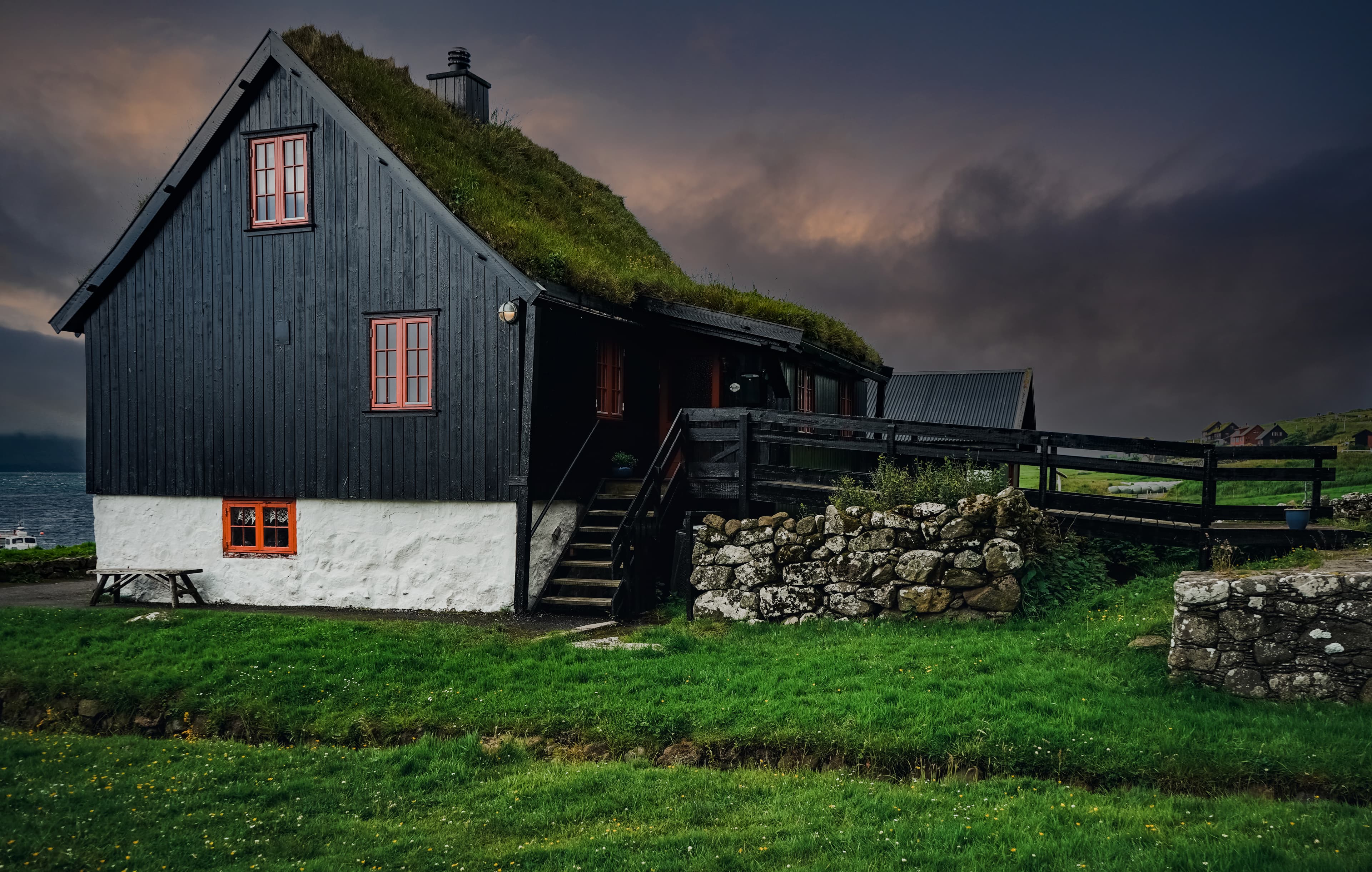
There’s a wide selection of apartments available on Airbnb. They make a great, budget-friendly way of staying on the Faroe Islands in comfort and offer the option of self-catering.
Experience the unique way of life of the Faroese people, feast your eyes upon wildly serene landscapes, and escape the trappings of the city when you visit the Faroe Islands. With no place on Earth quite like it, you’ll wonder why it took you so long to visit. You’ll be planning your next trip there before you’ve even returned home!